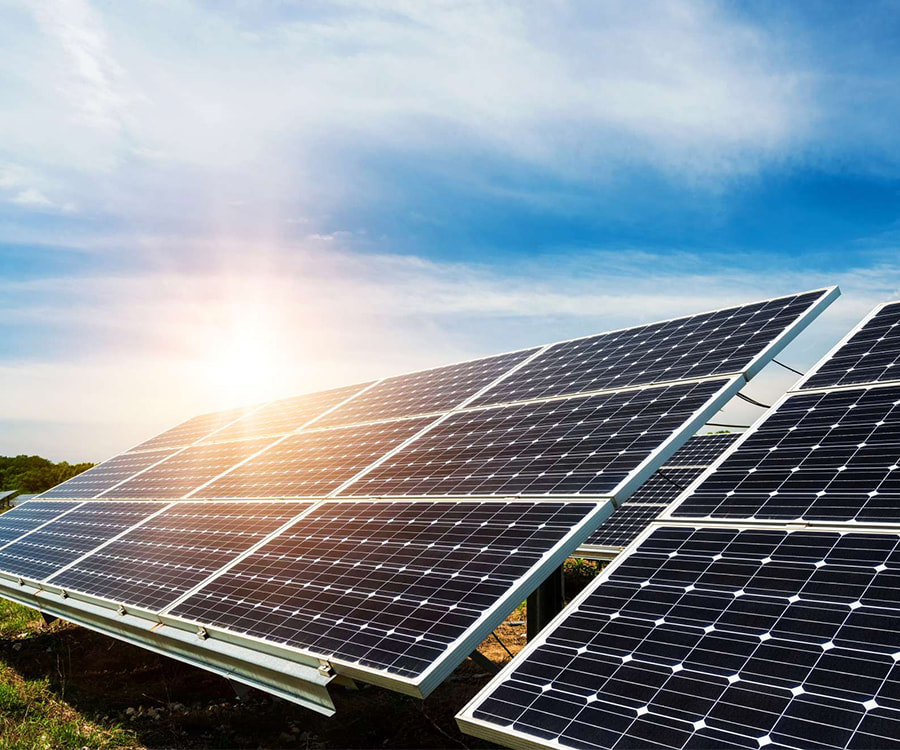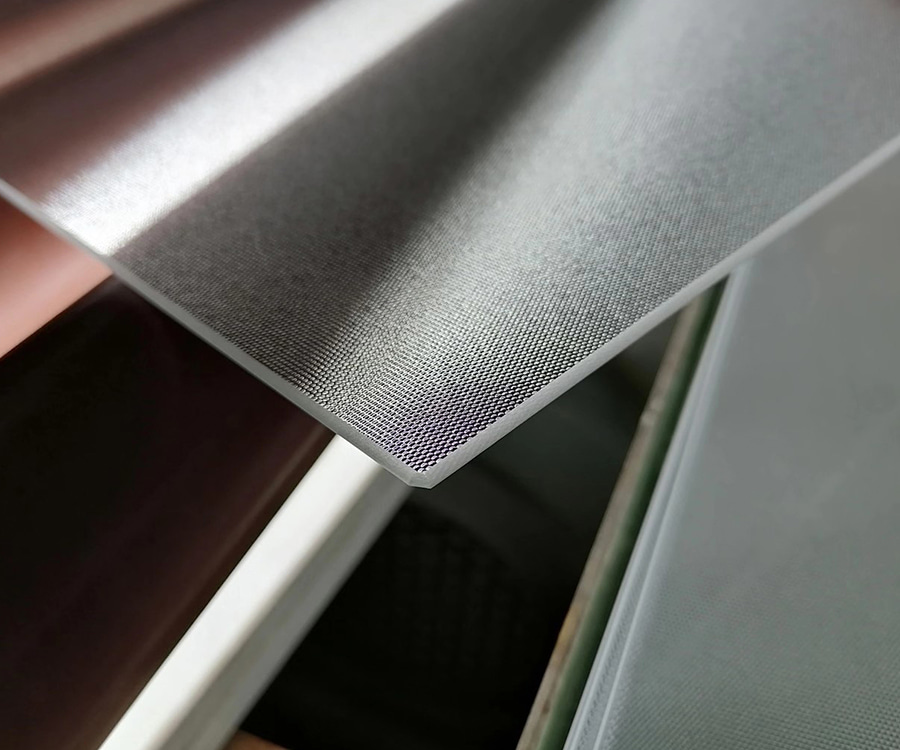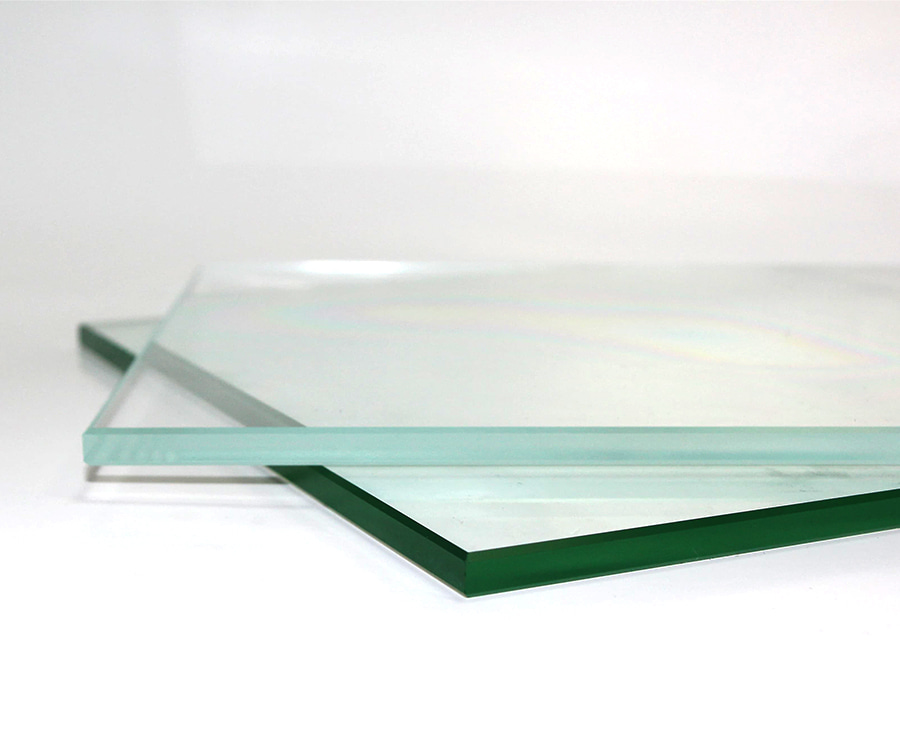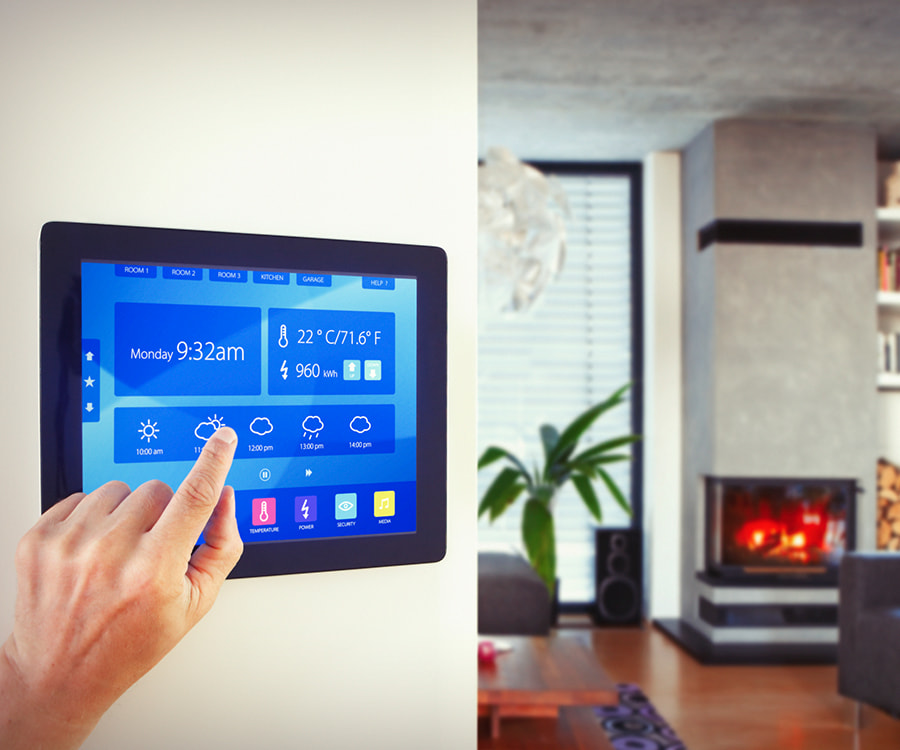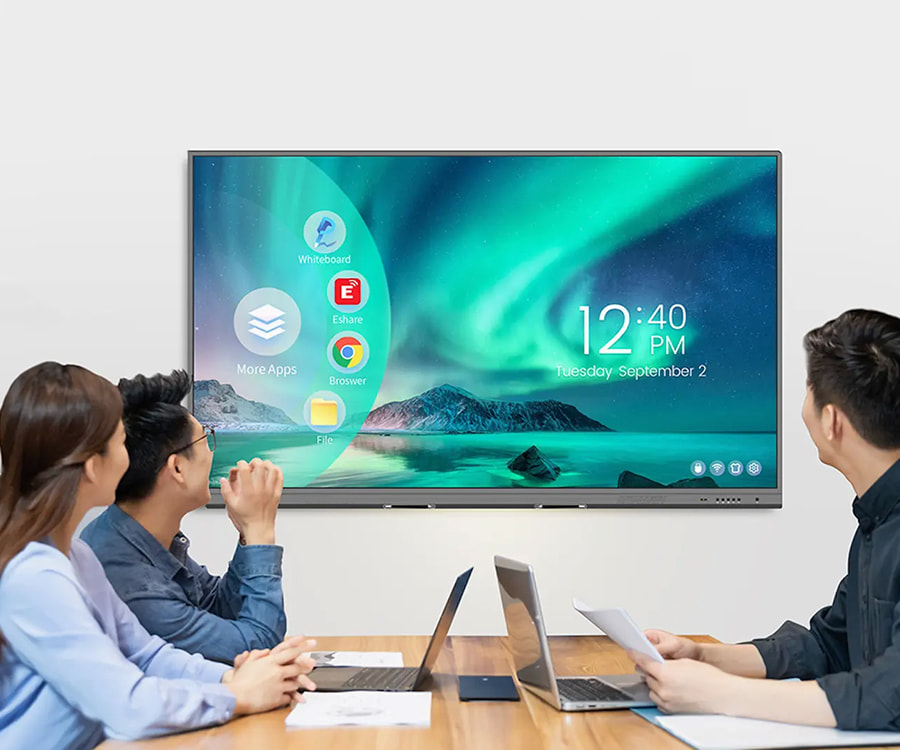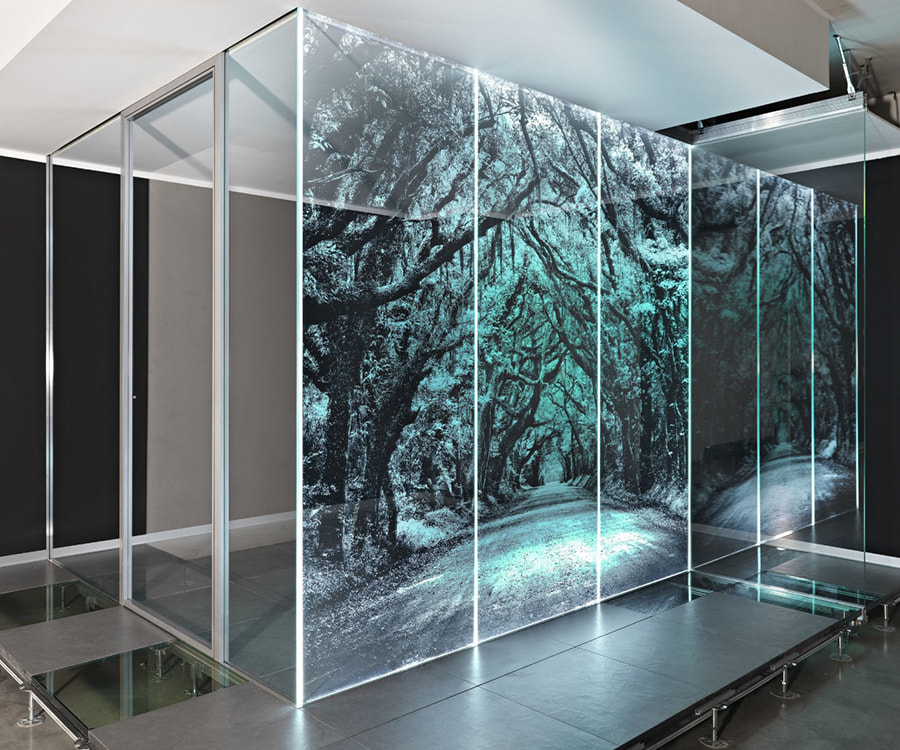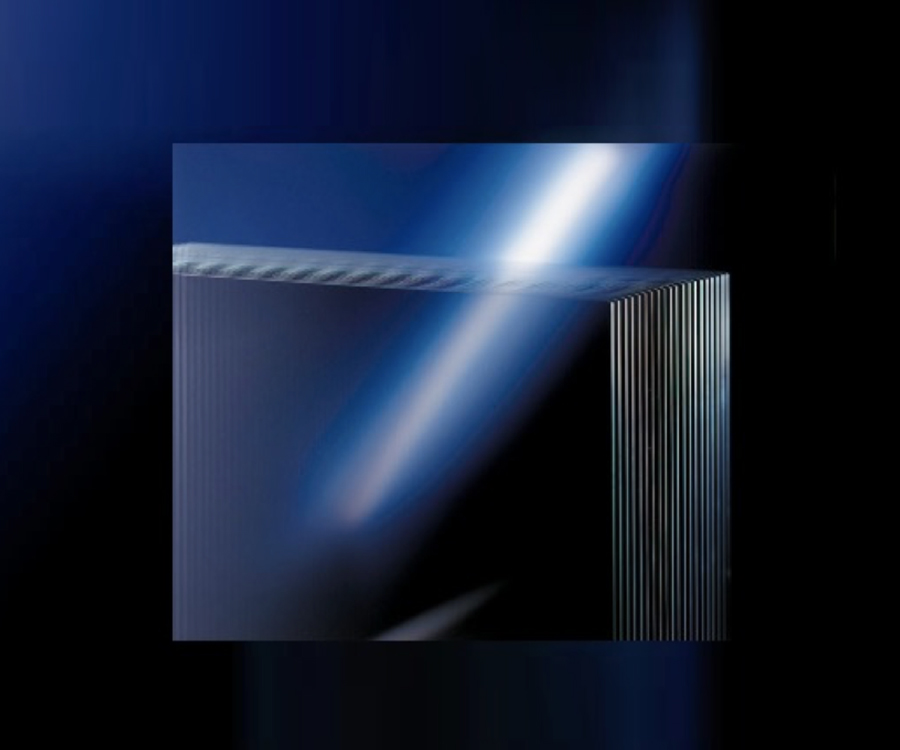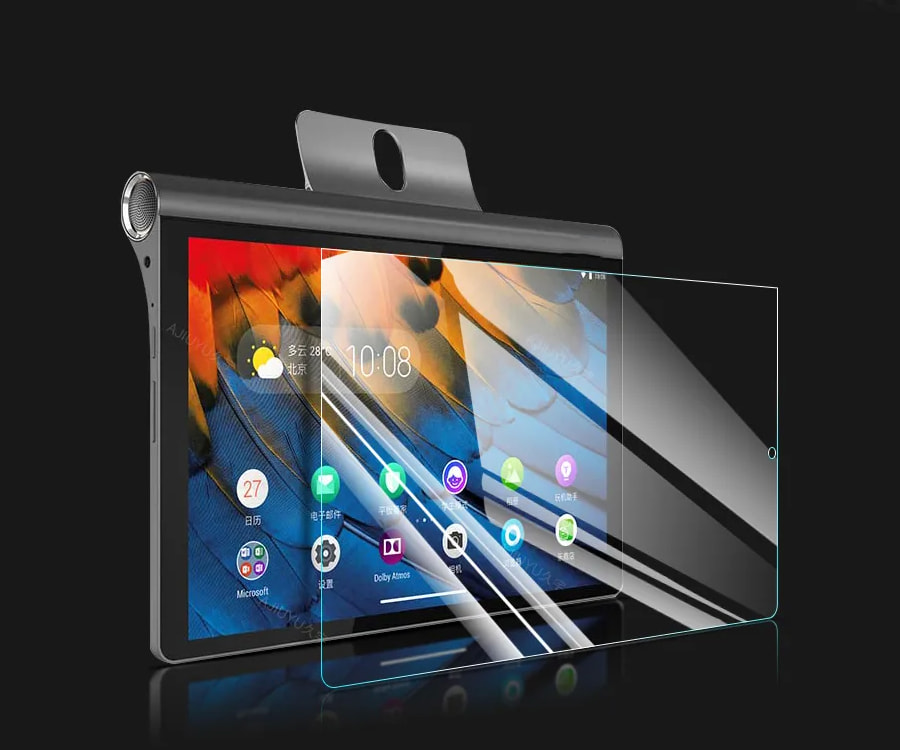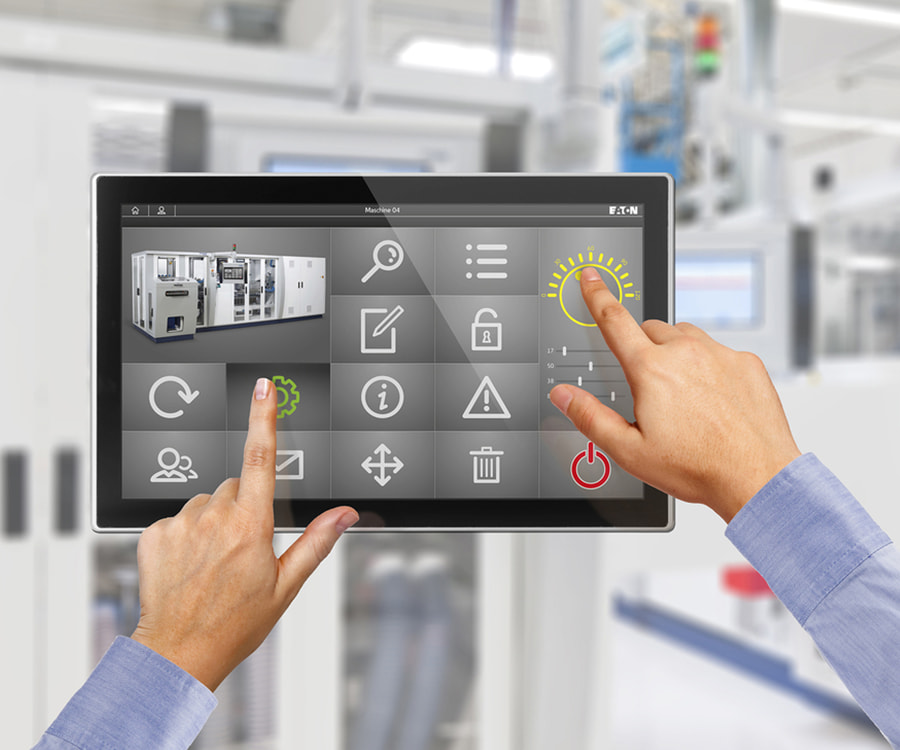Opto-Electronics Glass, also known as Opto-Electronics Glass or BIPV glass, is a specialized building material that integrates solar power generation. It not only offers the light-transmitting, heat-insulating, and aesthetic qualities of traditional glass, but also converts sunlight into electricity, making it a key technology for achieving energy-saving and zero-energy building goals.
Content
How does Opto-Electronics Glass work?
The core of Opto-Electronics Glass lies in its integrated photovoltaic cells. These cells can be crystalline silicon cells, thin-film cells (such as amorphous silicon, CdTe, or CIGS), or other solar panel technologies.
When sunlight strikes the surface of Opto-Electronics Glass, the photovoltaic material within it undergoes a photoelectric effect, converting the energy into direct current electricity. Depending on the design and application requirements, these photovoltaic cells can be embedded between layers of glass in transparent, translucent, or opaque arrays. The glass itself provides robust protection for the fragile photovoltaic cells, ensuring their long-term, reliable operation on building facades, roofs, or skylights.
Why choose Opto-Electronics Glass?
The advantage of Opto-Electronics Glass lies in its dual function:
- Energy Generation (Power Generation): It generates clean, renewable solar electricity directly on the building's surface, helping to reduce reliance on the traditional power grid and lowering the building's operating energy consumption.
- Architectural Aesthetics and Functionality: It can replace traditional curtain walls, tiles, or windows, enabling integrated building facade design. Depending on the needs, Opto-Electronics Glass can be designed with various colors, light transmittances, and patterns to balance daylighting and privacy. For example, in curtain wall applications, translucent Opto-Electronics Glass (such as photovoltaic modules) provides both solar shading and heat insulation while allowing soft light to penetrate indoors.
Main Applications of Opto-Electronics Glass
Opto-Electronics Glass is widely used in modern buildings and infrastructure:
- Building Integrated Photovoltaics (BIPV): The most typical application includes photovoltaic curtain walls in commercial office buildings and photovoltaic roofs and skylights in residential buildings. It seamlessly integrates solar power generation with the building structure, turning the building itself into a "power station."
- Transportation: It can be used in highway noise barriers, bus stop roofs, and high-speed rail station roofs, providing both shade and solar power generation.
- Agricultural greenhouses: Specialized Opto-Electronics Glass can filter out light wavelengths that have minimal impact on plant growth, utilizing only a portion of the spectrum for power generation while ensuring the light plants need.
With the growing global demand for sustainable development and clean energy, the market for Opto-Electronics Glass holds a promising future. Advances in related technologies, such as photovoltaic module backplane glass (with options for tempered/semi-tempered, 2.5mm/2.0mm thickness, and enameled/non-enamel finishes), have continuously improved the power generation efficiency and durability of Opto-Electronics Glass. In the future, as costs decrease and efficiency increases, Opto-Electronics Glass will become an indispensable component of green building and smart city construction.


